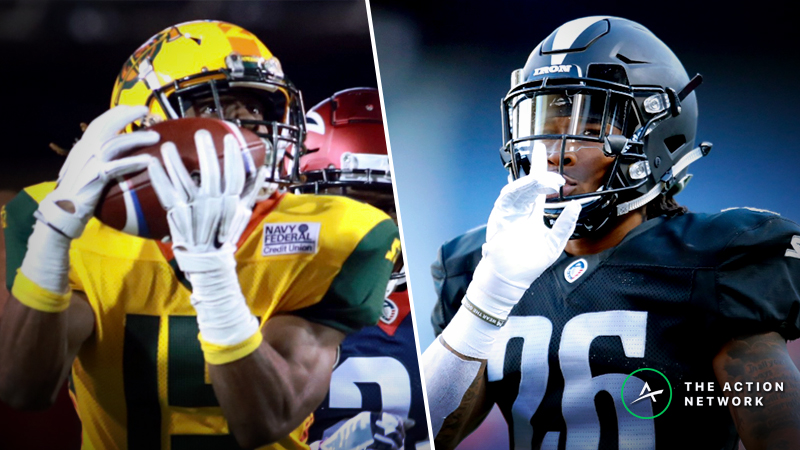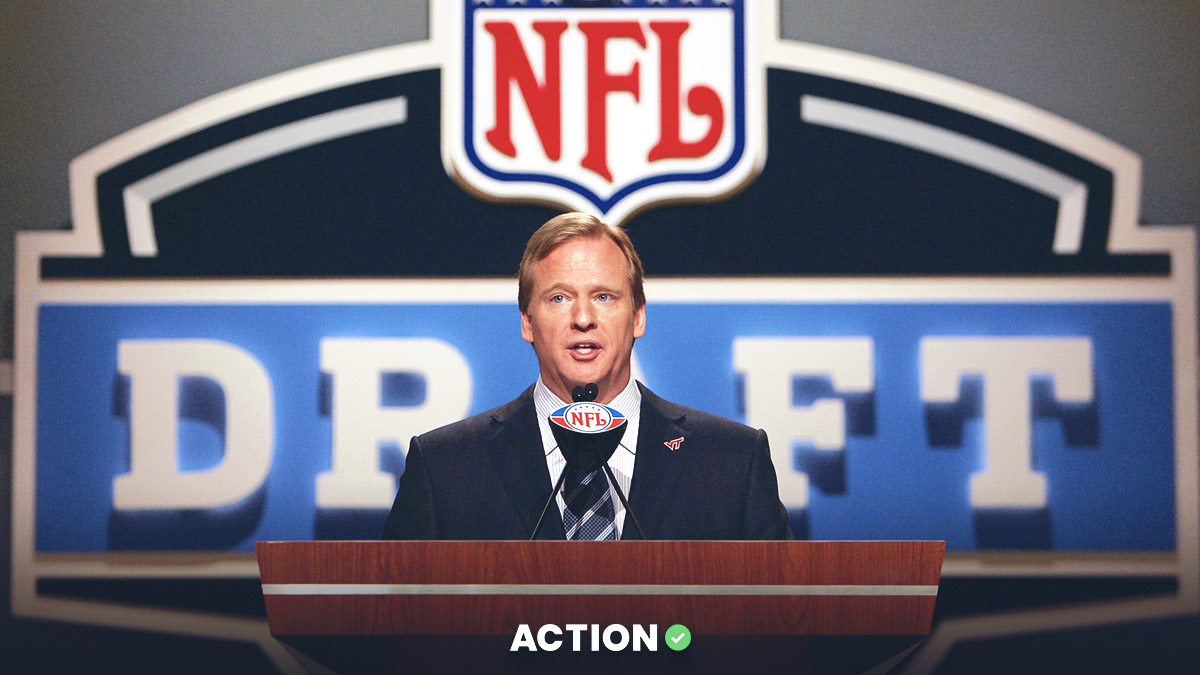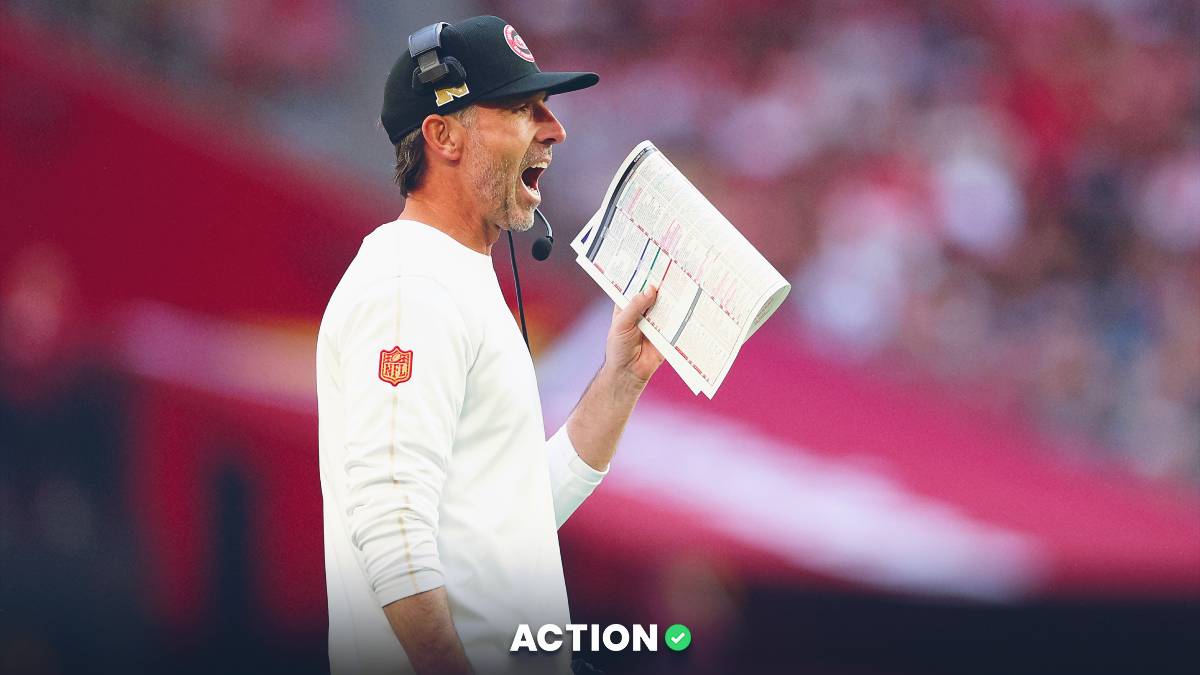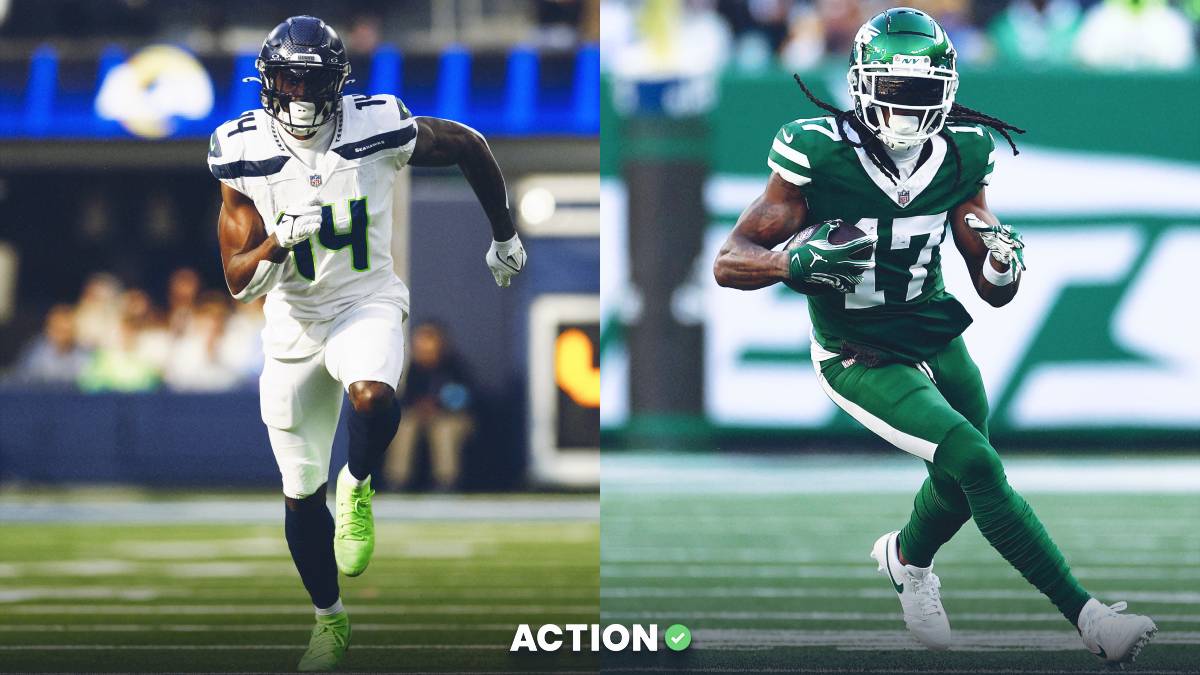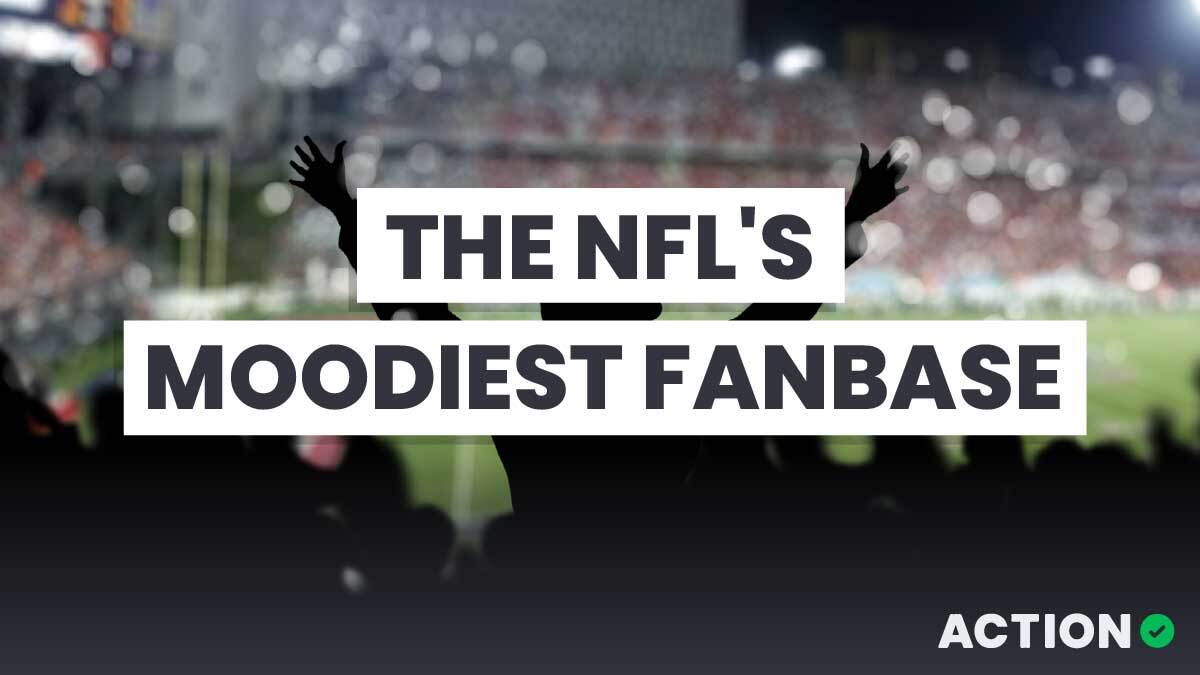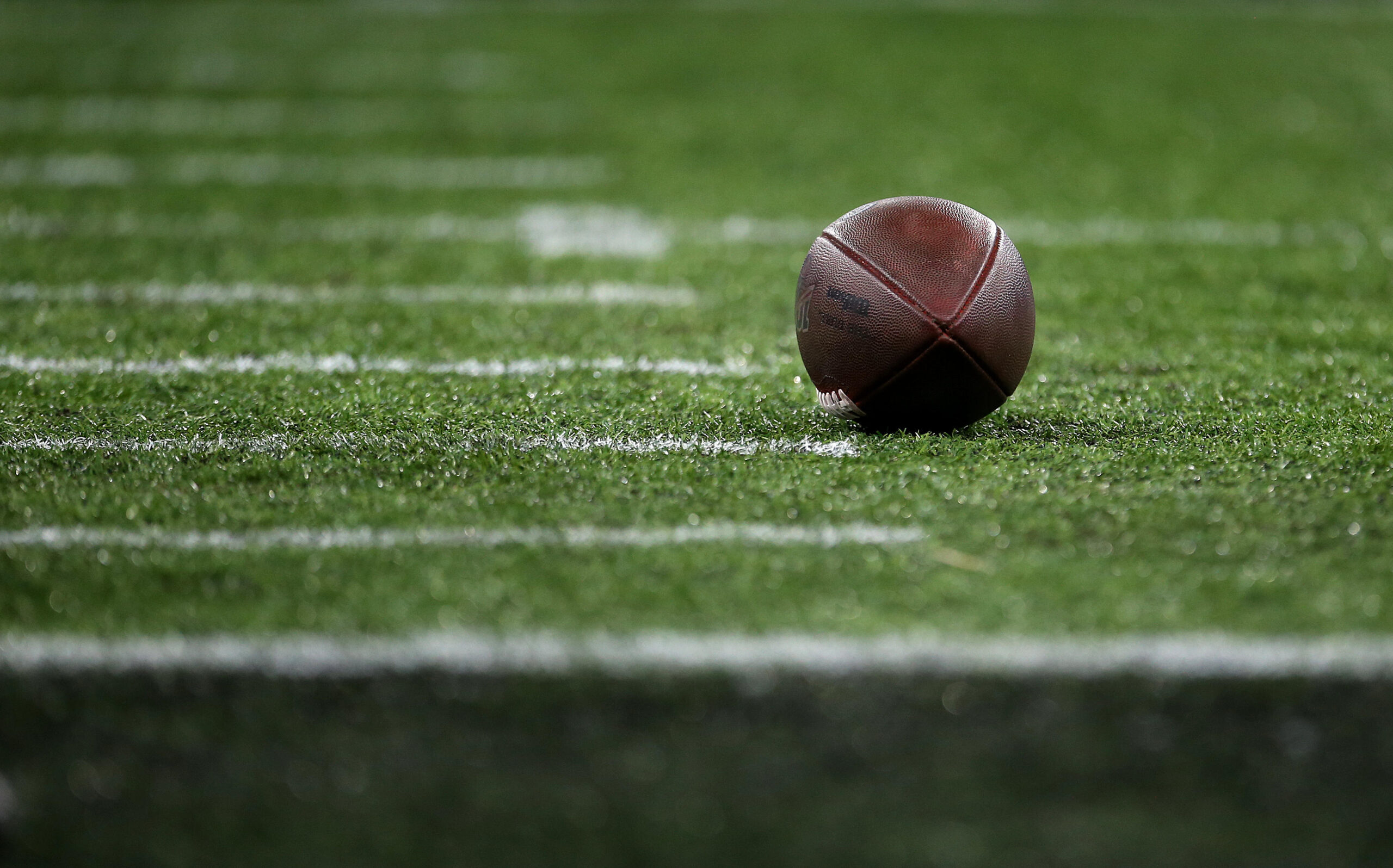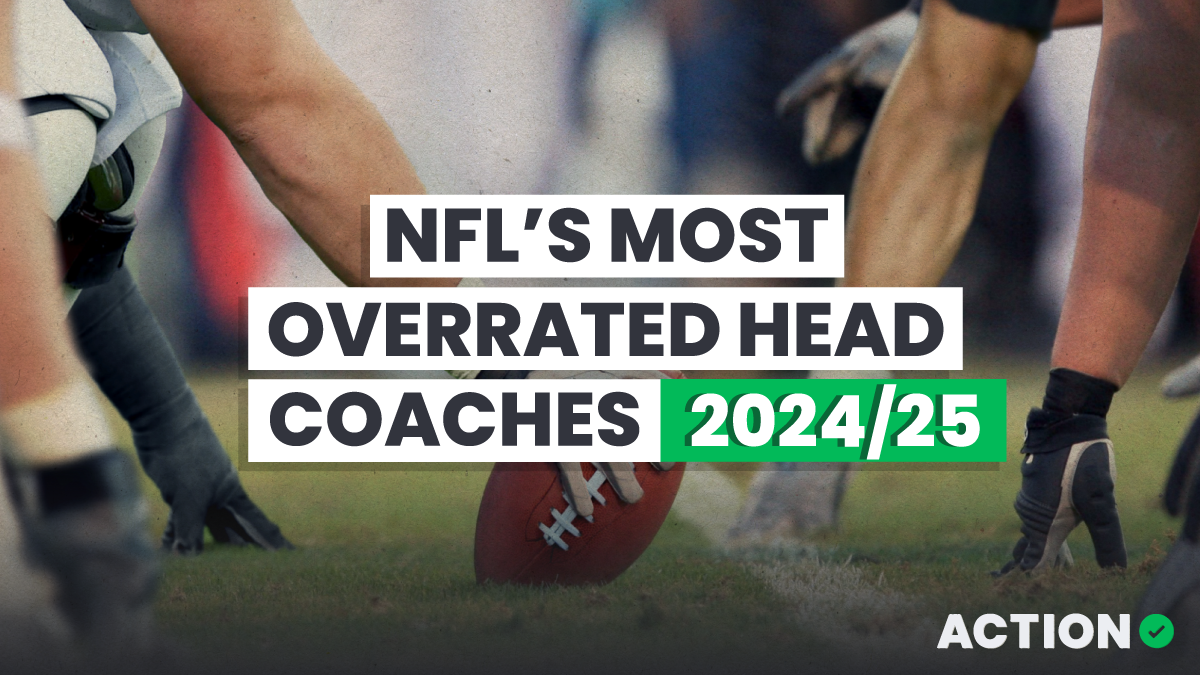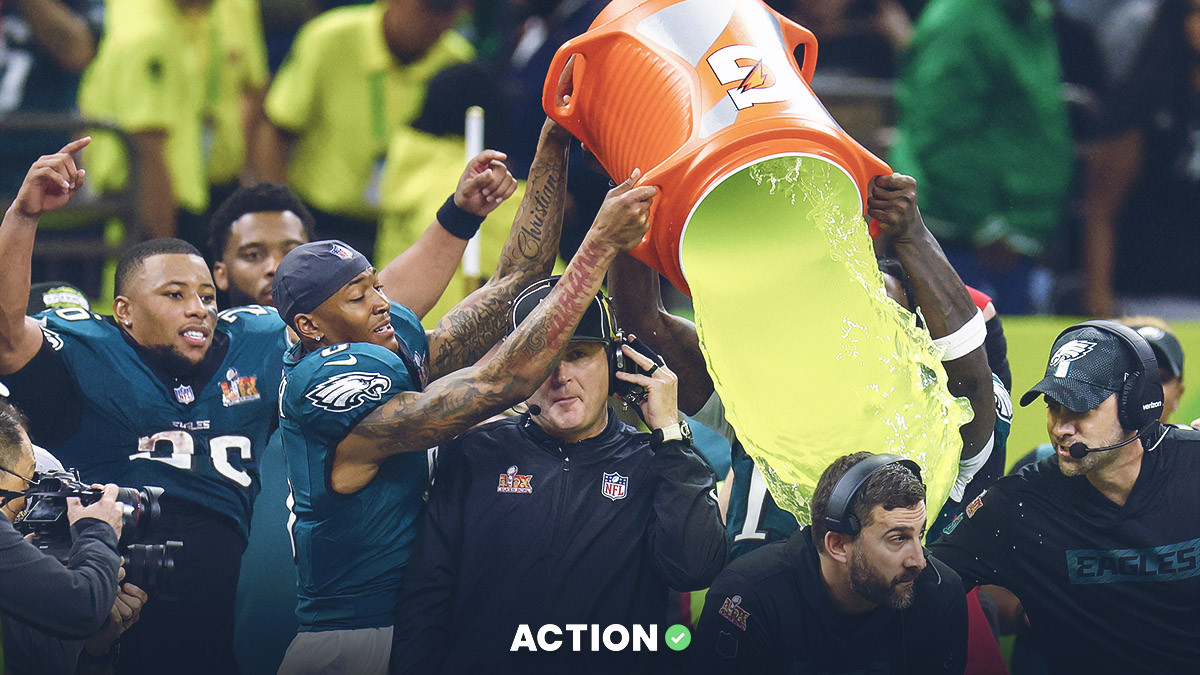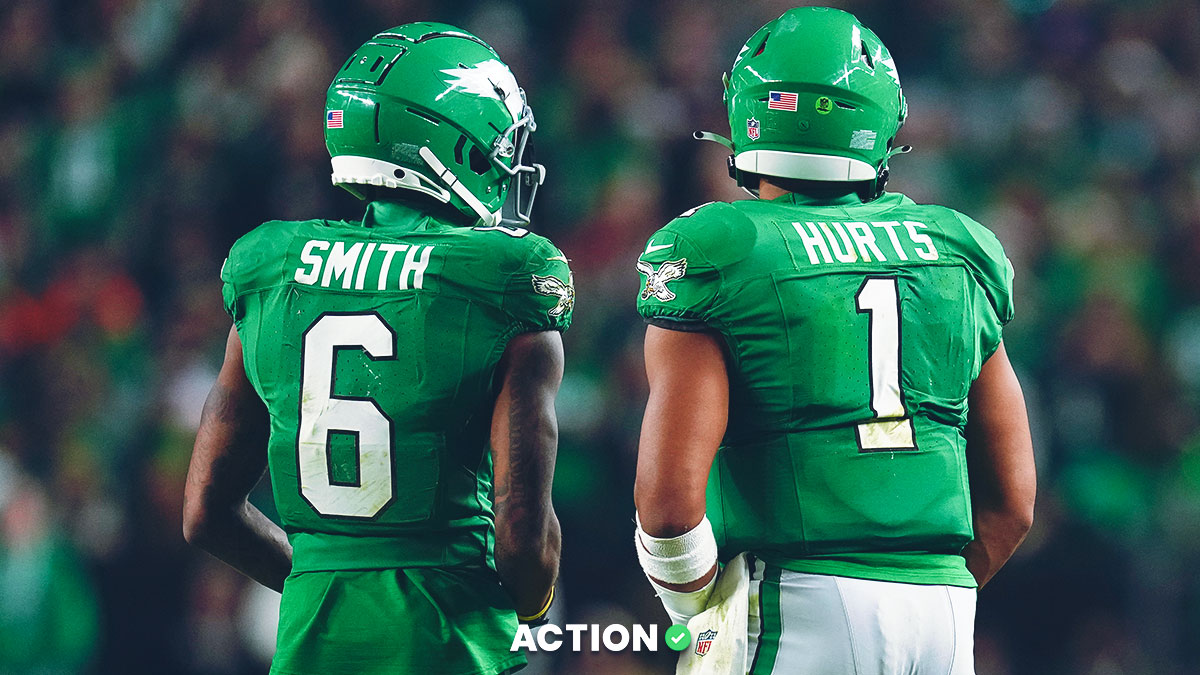The Alliance of American Football league is one month old and has managed to exceed the expectations of most fans.
There have been some non-viewer friendly lulls of low-scoring football, but we've also seen plenty of sterling individual performances that aren't too far removed from what football junkies are used to seeing between August and January.
I've identified one player from each AAF team who I think has the best chance of earning a future opportunity in the NFL, settling on the eight based on a combination of the following factors (in no particular order):
- Individual player talent
- Positional need in the NFL
- AAF performance in Weeks 1-4
- Prior NFL experience
Let's get to it!
Rashad Ross, WR, Arizona Hotshots
The AAF's fantasy WR1 has more NFL experience than most of his co-workers. Ross spent the 2014 through 2016 seasons with the Bears and Redskins as a returner and backup wide receiver, catching 9-of-14 regular-season targets for 192 yards and a touchdown while adding another seven (!) scores in preseason action.
Still, undrafted free agents have to overcome short-notice commitments and competition against drafted players who could have the front office's backing.
Ross didn't manage to catch on with a multitude of NFL teams between 2016 and 2018, but he's been increasingly hard to ignore after four weeks of AAF action.
Rashad Ross has been targeted 20 times this season
Incomplete passes: 5
Touchdowns: 4
Swaggy celebrations: ~10 pic.twitter.com/KnYOhJuA4W— Ian Hartitz (@Ihartitz) February 27, 2019
The Hotshots' No. 1 receiver caught another touchdown in Week 4 to bring his league-leading total to five receiving scores and ranks fourth in yards per route run with 2.38.
Ross was credited with a 4.4-second 40-yard dash back in the day and has demonstrated the ability to help out on special teams throughout his career. There's plenty of need around the NFL for backup receivers who can stretch the field and make plays in the return game.
Ed Reynolds, S, Atlanta Legends
Chip Kelly and Howie Roseman selected Reynolds in the fifth round of the 2014 draft. The former Stanford free safety has adequate size (6-foot-1 and 207 pounds) and speed (4.57-second 40-yard dash) for the position.
Reynolds started 10 games between his rookie season with the Eagles and next two seasons with the Browns before he was cut in part due to an offseason knee injury. He finished the 2016 season as Pro Football Focus' No. 63 overall safety among 103 qualified players.
Now Reynolds is PFF's No. 3 overall safety in the AAF and a top three performer as both a run defender and in coverage.
Atlanta Legends safety Ed Reynolds is a #baller
-Tied for fifth among all defenders in both tackles (23) and pass breakups (3)
-Has allowed 22-scoreless yards on nine targets (PFF) pic.twitter.com/qExs2l1ywT— Ian Hartitz (@Ihartitz) March 4, 2019
Reynolds has also contributed on Atlanta's punt return, punt coverage and field goal block units.
He might never be a full-time starter in the NFL, but every team could use a consistent tackler who has the ability to play multiple positions in the secondary.
Jamar Summers, CB, Birmingham Iron
Summers intercepted an exceptional eight passes as a sophomore at the University of Connecticut en route to earning first-team All-American Athletic Conference honors.
He failed to capitalize on the momentum in future seasons and spent time at safety before failing to catch on with an NFL roster after graduating in 2017.
We've witnessed the return of the best version of Summers in the AAF. It took until Week 3 for any receiver to gain positive yardage in Summers' coverage, and the Iron's stud cornerback has consistently made his presence felt in all facets of the game by racking up two interceptions, five pass breakups and two forced fumbles.
2014 Connecticut Huskies secondary …
-Stud Cowboys CB/long-jump champion Byron Jones
-Freaky-athletic former Raiders/current Patriots safety Obi Melifonwu
…
-No. 1 AAF CB Jamar Summerspic.twitter.com/WDoRbMgS26— Ian Hartitz (@Ihartitz) March 4, 2019
Quarterbacks have completed only 6-of-18 targets for 54 scoreless-yards into Summers' coverage, good for a 2.8 quarterback rating. He's also earned PFF's No. 1 grade special team grade thanks to his work on the Iron's punt coverage and field goal block units.
Cornerbacks such as Marcus Peters and Janoris Jenkins can draw the ire of fans and media alike when their gambles don't go according to plan, but these overly aggressive corners deserve some credit for taking chances that most players are too afraid to even try.
Summers has demonstrated the ability to make game-changing plays at every level of football that he's been involved in and deserves the opportunity to try to do so on the game's biggest stage.
Zach Mettenberger, QB, Memphis Express
Mettenberger teamed up with both Odell Beckham Jr. and Jarvis Landry at LSU and accordingly averaged a robust 10.7 adjusted yards per attempt as a senior. He wasn't picked until the sixth round of the 2014 draft in part due to a late-season torn ACL that didn't help him shed his reputation as a statue in the pocket.
There's little doubt that Mettenberger wasn't #good during his brief time in the NFL, but he deserves some slack for having to throw to Nate Washington, Dorial Green-Beckham, Kendall Wright and Justin Hunter (sorry Bales).
Fast forward to 2019 and Mettenberger has already managed to show off his ability to make accurate downfield throws through only six quarters of AAF game time.
Imagine starting Christian Hackenberg over Zach Mettenberger pic.twitter.com/KG21axjO0M
— Ian Hartitz (@Ihartitz) February 25, 2019
Memphis' starting quarterback leads the AAF with a 123 quarterback rating and has completed 27-of-37 passes (73% completion rate) for 294 yards (7.9 yards per attempt) with three touchdowns and zero interceptions.
Mettenberger went 0-10 as a starter with the Titans and ranked only 32nd in yards per attempt among 37 quarterbacks with double-digit starts from 2014 to 2015 — although that was still ahead of Blake Bortles, Nick Foles and Derek Carr.
If there's one thing recent NFL history has taught us it's that tall and strong-armed quarterbacks have at least nine lives. I'd be surprised if Mettenberger doesn't get another chance to earn a backup job come August.
Charles Johnson, WR, Orlando Apollos
FantasyLabs editor-in-chief Matthew Freedman wrote a lovely feature on Johnson that describes the former seventh-round pick as the "original Jeff Janis," which basically means he was a prospect who was "amazingly productive in college and impressively athletic at the combine."
Injuries along with a lack of opportunity behind Stefon Diggs and Adam Thielen helped push Johnson out of Minnesota after three seasons. A failed stint with the Jets during the 2018 preseason gave Johnson the chance to thrive in Steve Spurrier's Fun 'N' Gun offense:
- 31 targets (first among all wide receivers)
- 23 receptions (first)
- 74.2% catch rate (seventh)
- 1 TD (T-fourth)
- 410 yards (first)
- 17.8 yards per reception (fifth)
- 3.9 yards per route run (fourth)
The latter number is particularly impressive considering there have been only four instances of a wide receiver averaging more than three yards per route run in the NFL from 2014 to 2018.
Johnson is 6-foot-2, 215 pounds and boasts a SPARQ-x rating in the 76th-percentile among all wide receivers (per PlayerProfiler). Perhaps better injury luck in the future will help him earn another shot at the game's highest level.
Ryan Cummings, G, Salt Lake Stallions
Cummings helped protect Josh Allen during his time at Wyoming as a tackle, but the 6-foot-5 and 316 pound lineman has kicked inside to guard for Salt Lake. The transition has gone great so far: He's PFF's No. 2 player at the position and ranks among the AAF's top six players as both a run- and pass-blocker.
Cummings has allowed only four pressures and zero sacks in 269 snaps. He earned a camp invite from the Texans in 2018 and could earn an extended audition elsewhere with another few months of strong play thanks to his demonstrated versatility.
Nick Rose, K, San Antonio Commanders
Rose has already had more than a cup of coffee in the NFL, as he made 11-of-14 field goals and 23-of-26 extra points with the Redskins and Chargers in 2017 and 2018.
Leg strength didn't seem to be the problem: Rose somehow nailed an 80-yard field goal at a Texas practice back in the day.
The AAF doesn't do extra points, but Rose has still established himself as the league's most consistent option at the position with the easiest potential transition back to the NFL. He's nailed all nine of his field goal attempts with a long of 50 yards.
Damontre Moore, DE, San Diego Fleet
Moore racked up 26.5 sacks in three seasons at Texas A&M and was the No. 81 overall pick in the 2013 draft. He flashed as a situational pass-rusher but failed to catch on with the Giants, Dolphins, Seahawks, Cowboys and Raiders.
Off-the-field issues contributed to his inability to earn consistent playing time, as he was suspended two games in 2017 for violating the NFL's substance abuse policy.
Moore is battling a knee injury and failed to suit up for the Fleet in Week 4, but he still ranks among the league's top two defenders in both sacks (4) and total pressures (20).
Damontre Moore played with the Giants, Dolphins, Seahawks, Cowboys and Raiders from 2013-2018.
Now Moore is the best pass rusher in @TheAAF with league-high marks in sacks (3) and pressures (15). pic.twitter.com/St8XBOWdBT
— Ian Hartitz (@Ihartitz) February 18, 2019
Pass-rushers are arguably the NFL's most important position group outside of quarterbacks. Moore probably isn't good enough to make the league again if he has another off-field slip up, but his ability to bend around the edge is something that every team could use from a situational defender.
Honorable Mentions
- Garrett Gilbert, QB, Orlando Apollos: The AAF's best quarterback leads the league in yards (1,071), yards per attempt (9.5) and touchdowns (6) while attempting a league-high 19.5% of his passes at least 20 yards downfield.
- Ja'Quan Gardner, QB, San Diego Fleet: While Gardner's 5-foot-6 and 200-pound frame isn't ideal, but he's demonstrated plenty of explosiveness with a league-high four runs of 20-plus yards to go along with tackle-breaking ability with 4.2 yards after contact per rush that could help add depth to any backfield.
- Kitt O'Brien, G, Birmingham Iron & J.C. Hassenauer, C, Iron: PFF's No. 1 overall guard and center have been particularly dominant as pass blockers. They've combined to allow just nine pressures and zero sacks.
- Kenneth Farrow, RB, San Antonio Commanders: The Chargers' former backup will celebrate his 26th birthday on Thursday, but he offers a three-down skill-set and enough shiftiness to warrant another look in the big leagues.
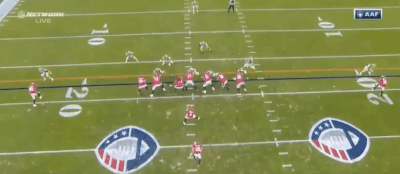
- Mike Purcell, DT, Salt Lake Stallions & Karter Schult, DE, Salt Lake: Purcell has easily earned the highest PFF grade against the run among defensive tackles, while Schult has a league-high 26 pressures and four sacks through Week 4.
- Terence Garvin, LB, Orlando Apollos & Keith Reaser, CB, Orlando: The Apollos have the league's stingiest secondary thanks in large part to Garvin (league-high three interceptions) and Reaser (PFF's No. 1-ranked cornerback).

